Straw bale homes, are they any good?
Traditional straw bale home construction can be a low-tech and affordable route to a very ecologically responsible home. There are, however, some legitimate drawbacks and challenges that can cause many people to dismiss it completely as a building technique.
It seems all of these issues (some real, some less so) have been addressed by the marrying of this ancient building technique with modern pre-fab construction practices.
Here is what you might have heard and already think about straw bale homes:
They are too labour-intensive and therefore expensive. They can't handle the humid climate. The risk of water damage during construction is too great. They look like a gnome's house. They will be infested with bugs and mice. They are at a greater risk of fire.
Every one of those concerns is to some extent valid, but has largely been debunked, or bypassed by the pioneers of Straw Bale homes such as Peterborough, Ontario based Chris Magwood who I pestered with all the following questions, knowing full well that otherwise I would be forced to answer them all myself if I wrote about his ideas on straw bale construction.
The answers? Any straw system to be valid needs to be virtually impenetrable to rodents and bugs, and have excellent protection against fire, modern looking, durable and affordable - the question remaining being, how to achieve this?
Chris has been building straw bale homes for 18 years, and building them in panel form since the year 2000. He has installed moisture meters inside walls dating back 15 years, so his confidence in this as a building technique comes from technically monitoring their durability over a 15 year period.
A more merciless test of their ability to withstand humidity has been going on since the early 2000s in the UK, where Chris helped a company named Modcell develop this system.
The climate in Great Britain is notoriously damp and yet they have had great success with their straw bale buildings. This should help alleviate concerns that they are inappropriate for the Canadian climate, as our typical humidity levels are not nearly as extreme as those in the UK.

By creating panels in the controlled environment of a manufacturing plant, these fabricated walls ensure the ideal moisture content of materials. Being sealed on all sides by wood and plaster further protects panels from weather during construction, and the quick installation of finished panels means you can get a roof over them quickly.
When I spoke with Chris Magwood about the public perception regarding moisture issues, he had this to say: " We think nothing about putting trees in our walls; straw is the same organic material. It's like a bunch of small trees bundled together". So indeed, straw bales, why not?
One big advantage of straw bale over conventional wood frame construction is that a straw panel will be able to dry to either side, compared to most homes that include an impermeable barrier of polyethylene that prevents drying to the interior during our hot, humid summer months, which can cause condensation and hence excessive vapor & mold in the house walls.

While loose, dry straw would easily ignite, once compressed into a bale you would have a hard time lighting it on fire. Sandwiched between two layers of plaster, it becomes one of the most fireproof houses you could build. Bugs and rodents aren't known to chew through cement or lime mortar, so again this is not a real concern.
As for the look of the place, pre-painted panels are an option if you choose, and you can also attach siding to it should you want a more traditional exterior look. Interior walls are straight and true, and require only mudding as any gypsum board wall would.
And now for the best part; the price. Chris Magwood was reluctant to say exactly how the price compares to conventionally built homes, but that is simply because there are too many variables in other wall systems. But he is quite confident that they will come out cheaper most of the time.

Straw Bale SIPS will cost you about $18 per square foot of wall space, where a normal home is estimated anywhere from $16 to $25 per square foot. And at those prices, you are lucky to see a wall that performs half as well as straw.
Normal walls have a 'true' R value of approximately R13 to R16 when you factor in all the wood that makes up the frame. In comparison, a straw bale wall will be a true R36. SIPS also lend themselves well to creating an airtight home, which will greatly reduce heat loss, as well as moisture damage in the interior of walls.
If you are looking into green building techniques, you are likely aware of the urgent need to reduce carbon emissions into the atmosphere. Straw does that two ways - by being a very energy-efficient wall, and secondly, its raw materials act as carbon storage.

Lastly, this generation is seeing a disturbing trend towards more respiratory illnesses, specifically a huge spike in reported cases of asthma. Indoor air quality is something we should spend a bit more time thinking about, and Straw Bale SIPS are big winners in that arena. Straw is a natural and non-toxic material; raw wood and concrete are equally benign, so this could be a good start to creating a healthy home.
Now that you know about Straw Bale Home Building, find more pages about sustainable building products in the Ecohome Green Building Guide and in these pages:
And sign up here for a free Ecohome Membership and reap all the benefits! |






















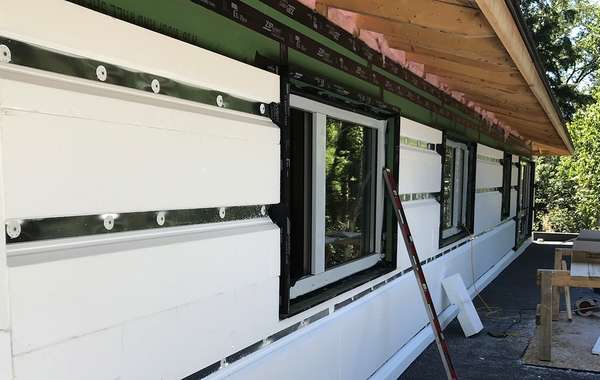

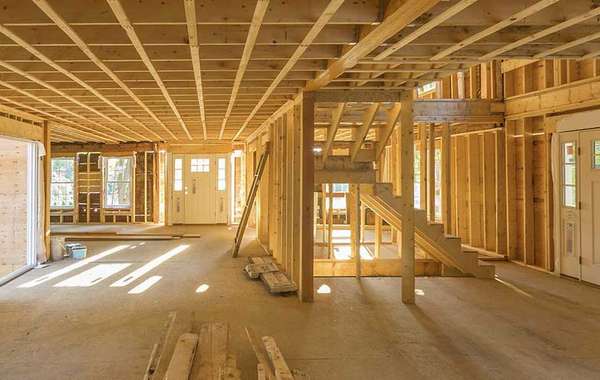

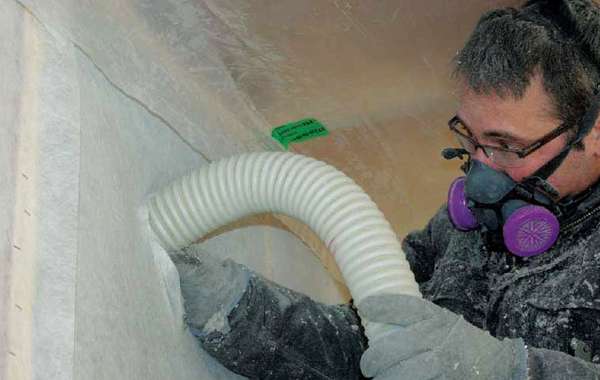
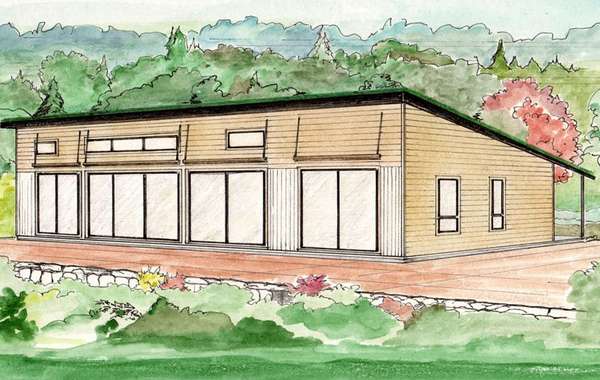
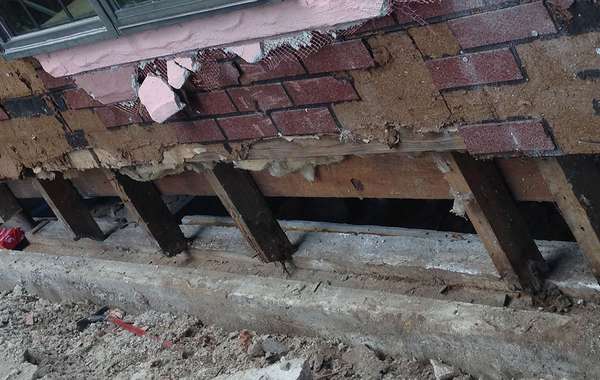
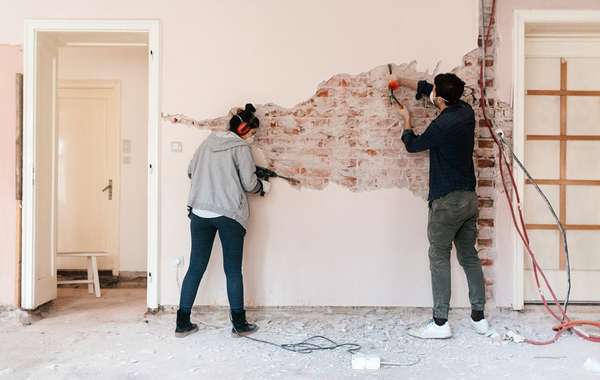
The comment that straw is non toxic makes me wonder if its recommended to use only straw from organic feilds. The pesticides and herbicides used in production agriculture are toxic.
That said i would love to have a straw home.
Send me info on this house asap
How likely would it be that these panels could be made for a ROUND dwelling?
Round houses are gorgeous! However, our panels are straight and square so would not be very suitable. An octagon perhaps?
Very good point! Wheat straw typically has very little residue of this nasty stuff, however, we can also use organic straw if our clients want. Unless everything else in your home is chemical and VOC-free, the tiny amount of residue on the straw which is locked behind an inch of plaster is unlikely to make much difference. So the extra cost for organic (in this case) may not be worth it.
How about a dodecagon?
Sure! Please contact us to discuss further.
In the answer to a previous question you stated you used Wheat straw, guess what I'm Celiac. I like the idea of this product but I wonder about the long term. Are there other types of straw that can be used.
Please tell me this isn't a serious comment. Celiac disorder requires an ingestion of gluten, so unless you plan to eat your house you have no concerns.
Hi, Finlay from ModCell Technology here. You should have a look at some of our latest projects. A whole school in Wales. Housing projects, commercial projects, curved walls. All using the ModCell prefabricated straw and timber wall and roof system. Low energy, healthy environment, sustainable, breathable building (no condensation = healthy air quality). I live in one and I have heating on 23 days in 3 years. Temperature inside my home varies by 1.5 degrees celcius over the full year (nice comfortable temperature as well). www.modcell.com
I imagine the sound insulation factor of SIPS is pretty decent - is this correct? Do you know anyone in central Virginia that builds with this?
We don't have any data to offer but I would say your assumption is correct, that sound transmission would be relatively low compared to typical stick buillt homes with fiberglass batt insulation and double pane windows, due to the thickness and density of the straw. We have no idea of any US companies that are doing it, but this one was in Ontario Canada, so if you are able to find a manufacturer please let us know, we'l love to be able to point other readers to it.
Where do I find more information on this product? Is it available in the U.S.A.?